3703Views 20Comments
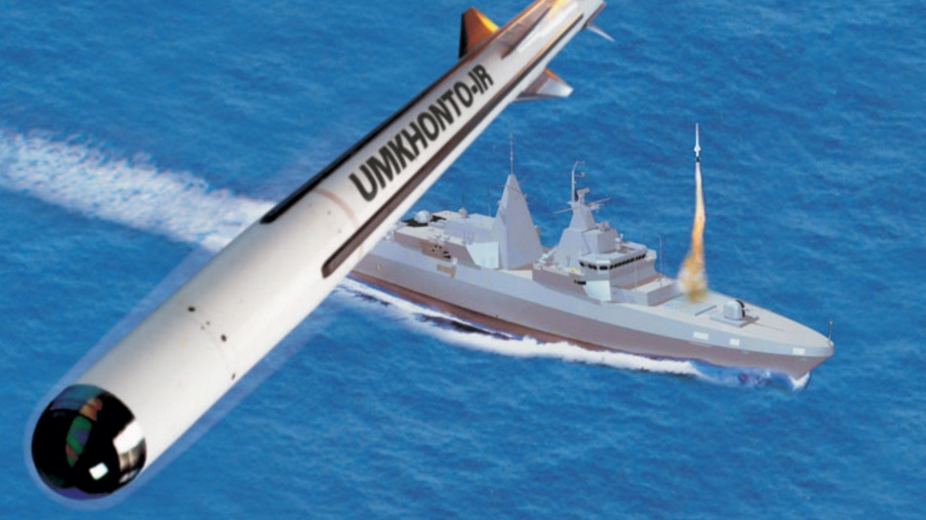
Solutions Overview: Denel Air Defence Solutions (South Africa)
Quwa will begin publishing articles overviewing defence vendors’ complete solutions, such as short-range air defence (SHORAD). These reports will comprise of coverage of standalone systems serving as pieces to those overarching solutions. However, the coverage will not be confined to systems exclusive to the main vendor, but will include systems from other companies provided they are marketed by the main vendor or messaged by the contributing vendor. For example, the following report on Denel’s air defence solutions will touch upon Saab’s Giraffe radars, reflecting Denel’s partnership with Saab wherein the former’s Umkhonto system is being offered with the latter’s Giraffe AMB radar. Where possible, Quwa will outline publicly available technical data, cost and pricing information and performance results from end-users or prospective end-users.
Denel Land Systems Dual Purpose Gun (DPG) CIWS
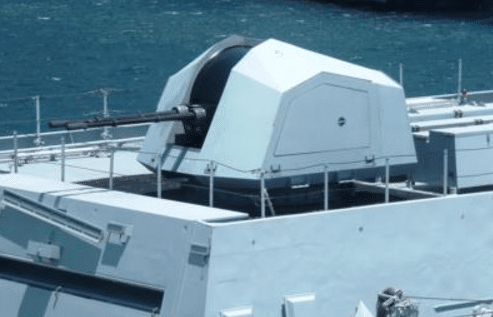
Denel Land Systems’ Dual-Purpose Gun (DPG) is a dual-barrel 35 mm close-in-weapon-system (CIWS) that is analogous in form, function and role as the Rheinmetall Oerlikon Millennium Gun, Raytheon Phalanx, Russian AK-630 and Dutch Goalkeeper. The DPG fires NATO 35 x 228 mm rounds.
Thus far, the DPG has been deployed with the South African Navy (SAN) onboard its Valour-class (MEKO A-200SAN) frigates. The DPG is intended for providing defensibility against oncoming missiles, low-flying aircraft and nearby surface targets. It can form the very short-range air defence (VSHORAD) layer at sea.
The DPG consists of two Denel GA35 guns, which are enclosed in a turret designed to exhibit a low radar cross-section (RCS). The GA35 is a gas-operated gun fed with an ammunition belt in open breech position.[1] According to Defence Web, the DPG can fire 1,100 rounds per minute with a muzzle velocity of 1,175 meters per second.[2] The DPG can reach aerial and ground targets at 4,000 m and 6,000 m, respectively.[3]
To function, the DGP is integrated into the ship’s combat management system (CMS). For precision target-engagement, the DGP is guided by an electro-optical (EO) tracker.[4] Potential options can include the Reutech RTS 3200 Frequency Modulated Continuous Wave (FMCW) Optronics Radar Tracker (FORT).[5] Reutech is marketing the RTS 3200 as a “cost-effective higher performance alternative to conventional [EO] trackers which exhibit limitations under adverse weather conditions … [and] obsolete conventional [EO] radar trackers aboard naval vessels.”[6]
In tests onboard the Valour-class SAS Spioenkop, the RTS 3200 was “fully integrated” with the ship’s CMS, inertial navigation system (INS) and “guns.”[7] According to Reutech, the RTS 3200 “surpassed performance specifications in terms of detection range, tracking accuracy and target acquisition times … under varying sea state and weather conditions.”[8] Like analogous systems, the RTS 3200 – or other EO trackers – can be paired with a search and tracking radar (e.g. the Oerlikon Skyshield uses an X-band radar[9]).
For intercepting oncoming missiles, the DPG is compatible with Advanced Hit Efficiency and Destruction (AHEAD) rounds, which are airburst ammunition rounds.[10] In tandem, Denel also developed a Closed Loop Fire Correction system to fully track fired rounds and allow the fire control system (FCS) to issue real-time corrections (e.g. from meteorological/weather conditions).[11] The DGP can intercept cruise missiles, such as sea-skimming anti-ship missiles, at a range of up to 2,500 m.[12] For “high-speed” missiles (unclear if this refers to supersonic cruising missiles), the DGP can intercept at 1,500 m.[13]
To control cost, the DPG utilizes commercially-available off-the-shelf (COTS) components. The DPG turret for ships is a non-deck-penetrating design, allowing for relatively easier installation and repair work.[14] The disassembly and assembly of the DPG do not require special tools. It is not known if Denel Land Systems will proceed to develop or offer a land-based variant analogous to the Skyshield or Aselsan Korkut, the latter being a self-propelled anti-air gun (SPAAG) system.
Denel Dynamics Umkhonto SAM
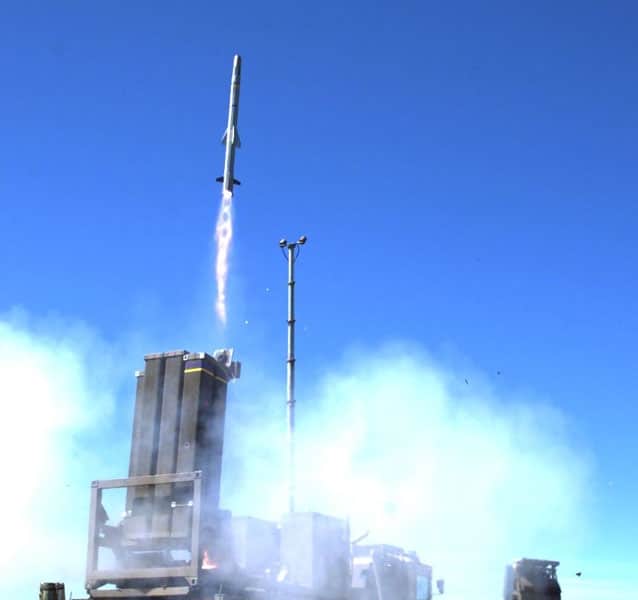
The Denel Dynamics Umkhonto is a surface-to-air missile (SAM) platform that is deployable from land and sea. The vertically-launched missile uses a radar-fed INS guidance system complemented by a terminal-stage passive infrared (IR) seeker, providing the Umkhonto a measure of fire-and-forget capability. The Umkhonto entered service in 2001. Besides South Africa, the Umkhonto is in use with Finland and Algeria.
Denel markets the Umkhonto as a “high-velocity and infrared homing, providing all-round defence against simultaneous attacks from missiles and aircrafts.”[15] In its current iteration, the Umkhonto has a maximum intercept range of 20,000 m and maximum altitude of 8,000 m.[16] The Umkhonto has a launch mass of 135 kg, which includes a 23-kg warhead.[17] It has a top speed of Mach 2.[18] Denel claims that the Umkhonto can also be used to strike surface targets, making it a unique solution compared to competing SAM systems.[19] The Umkhonto is deployable through vertical launch system (VLS) cells.
Thus far, Denel has integrated the Umkhonto to function with two radar platforms. For the SAN’s Valour-class frigate, the Umkhonto has been paired to the Thales MRR-3D.[20] The Thales MRR-3D-NG has an instrumented range of 180 km, while also being capable of tracking fighter aircraft-sized and small targets at 125 km and 40 km, respectively.[21] The Algerian Navy’s MEKO A-200AN is configured with the Saab Sea Giraffe AMB.[22] In September 2016, Denel Group and Saab had announced a partnership wherein the two will offer the Umkhonto and Giraffe as an integrated air defence solution.[23]
The Saab Giraffe has three different products, i.e. the Giraffe AMB passive phased-array radar as well as Giraffe 1X and Giraffe 4A active electronically-scanned array (AESA) radars. Seeing that the Umkhonto has already been integrated to the Sea Giraffe AMB, it is likely the Umkhonto ground-based air defence system (GBADS) will be offered with the Giraffe AMB. The Giraffe AMB has an instrumented range of 120 km.[24]
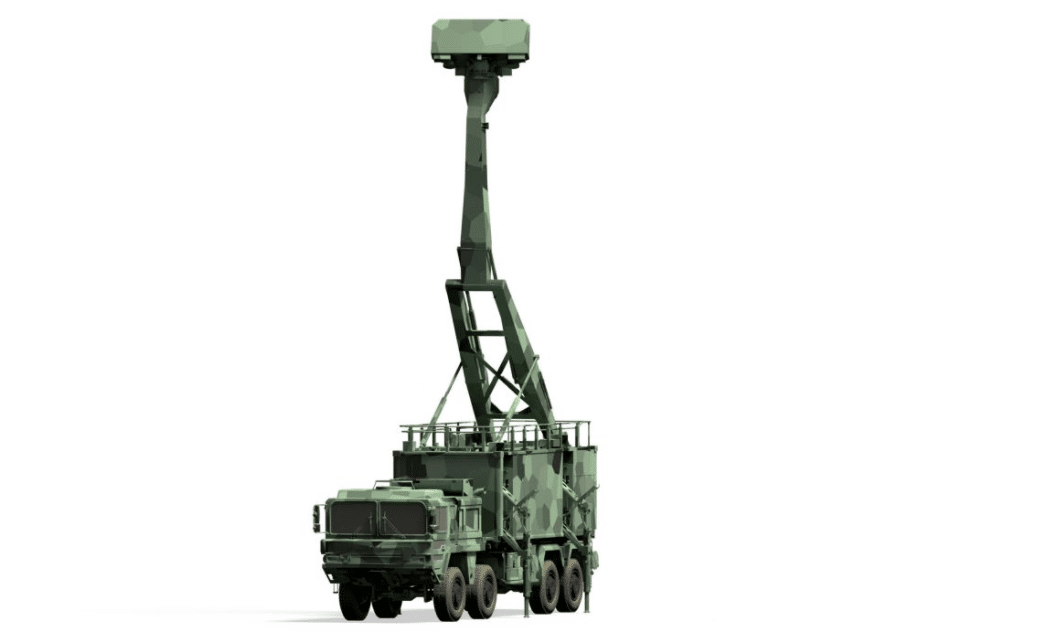
South Africa’s Reutech is also offering a target acquisition radar for the Umkhonto. The RSR320 Dual-Band Radar (DBR) XL is envisaged to be tailored specifically for the Umkhonto SAM.[25] The radar’s development has been frozen.[26] The DBR XL has detection range of 80 km and target acquisition range of 40 km.[27] It is an L-band solid-state system.[28] Despite the Denel-Saab partnership in place, Reutech had announced that the DBR XL was drawing overseas interest.[29]
Like the DPG, Denel positions the Umkhonto as a cost-effective and readily applicable air defence solution. In terms of cost, the integration of the Umkhonto to two MEKO A-200ANs along with 100 Umkhonto SAMs cost Algeria $61 million U.S.[30] Besides frigates, the Umkhonto was also fitted to the Finnish Navy’s Hamina-class fast attack crafts (FAC), demonstrating that the Umkhonto can be integrated to a diverse range of surface combatants. The Umkhonto GBADS can be deployed as a mobile SAM solution using an 8×8 utility track for the firing unit and a second vehicle for carrying the radar and command-and-control (C2) suite.
The Umkhonto and DPG can be paired to form a comprehensive short-range air defence (SHORAD) layer, especially at sea (where they have been applied as such onboard the SAN’s Valour-class frigates). The DPG – specifically the GA35 guns – can potentially be developed into a land-based AAG or SPAAG (if mounted), which can spur a deployable SHORAD and VSHORAD solution.
Future/Aspirations: Umkhonto EIR/ER, Cheetah C-RAM
The Denel Umkhonto EIR [Extended Infrared] is envisaged to be a medium-range version of the SAM. With the incorporation of a new dual-pulse rocket motor[31] and nose cone[32], the Umkhonto EIR was to have a range of 30-35 km.[33] The Umkhonto EIR would retain the Umkhonto IR’s passive IR seeker and data-linked INS guidance suite. Denel had exhibited the Umkhonto EIR in February 2017 at the International Defence Exhibition and Conference (IDEX) in Abu Dhabi, the United Arab Emirates.[34] In 2014, Denel had announced that it would also develop an active radar-guided Umkhonto LR with a range of 60 km.[35]
Denel is also collaborating with Rheinmetall to develop the Cheetah counter-rocket, artillery and mortar (C-RAM). It will have a range of 6 km and is aimed at rectifying apparent deficiencies in current air defence systems in being able to intercept small projectiles.[36] The Cheetah will utilize a radar-seeker and proximity warhead. It will be deployable through a 60-cell VLS.[37] Denel and Rheinmetall envisage the Cheetah as a low-cost complement to the Oerlikon Skyshield AAG system.
Most programs in Denel Group’s development pipeline are supported with minimal, if not deficient, local research and development funding. Thus, the viability of these future programs is largely contingent on an overseas buyer investing as a means to bring them to fruition. To compensate, Denel Group is receptive of a prospective buyer’s co-production and/or transfer-of-technology requests (seeing that the buyer is also a co-owner of the program). Examples include the A-Darter air-to-air missile and Umbani precision-guided bomb kit.
[1] Leon Engelbrecht. “Fact file: Denel 35mm Dual Purpose Gun.” Defence Web. 15 February 2010. Accessed on 13 September 2017: http://www.defenceweb.co.za/index.php?option=com_content&view=article&id=6656:fact-file-denel-35mm-dual-purpose-gun&catid=79:fact-files&Itemid=159
[2] Ibid.
[3] Ibid.
[4] Ibid.
[5] “Reutech Radar System’s New Generation Naval Tracking Radar.” Reutech Radar Systems. 16 March 2016. Accessed on 13 September 2017: http://www.reutech.co.za/news-events/news-archive/82-reutech-radar-system-s-new-generation-naval-tracking-radar
[6] Ibid.
[7] Ibid.
[8] Ibid.
[9] “Rheinmetall Skynex – a fully networked, next generation air defence system for ‘below Patriot scenarios.’” Rheinmetall. 19 February 2017. Accessed: 13 September 2017. (Press Release)
[10] Engelbrecht. Defence Web. 2010
[11] Ibid.
[12] Ibid.
[13] Ibid.
[14] Ibid.
[15] “Umkhonto”. Denel Dynamics. Accessed: 13 September 2017: http://www.deneldynamics.co.za/products
/missiles/air-defence-missiles/umkhonto
[16] Ibid.
[17] Ibid.
[18] Ibid.
[19] Ibid.
[20] Engelbrecht. “Fact file: Valour-class frigates.” Defence Web. 09 October 2008. Accessed: 13 September 2017: http://www.defenceweb.co.za/index.php?option=com_content&view=article&id=458&Itemid=363
[21] “MRR-3D NG.” Thales Group. Accessed: 13 September 2017: https://www.thalesgroup.com/sites/default/files/asset/document/DS067_09_08_H%20MRR3D_NG_LR.pdf
[22] “Powerful German built MEKO A-200 AN Frigate for Algerian Navy to Start Sea Trials.” Navy Recognition. 20 July 2015. Accessed: 13 September 2017: http://www.navyrecognition.com/index.php/news/defence-news/year-2015-news/july-2015-navy-naval-forces-defense-industry-technology-maritime-security-global-news/2918-powerful-german-built-meko-a-200-an-frigate-for-algerian-navy-to-start-sea-trials.html
[23] Keith Campbell. “Swedish and SA defence groups create joint air-defence system from their products.” Engineering News. 09 September 2016. Accessed: 13 September 2017: http://www.engineeringnews.co.za
/article/swedish-and-sa-defence-groups-create-joint-anti-air-system-from-their-products-2016-09-09/rep_id:4136
[24] “Saab Giraffe AMB”. Saab Group. Accessed: 13 September 2017: http://saab.com/air/sensor-systems/ground-based-air-defence/giraffe-amb/
[25] “AAD 2016: Dual band radar goes on.” Reutech Radar Systems. 16 September 2016. Accessed: 13 September 2017: http://www.reutech.co.za/news-events/news-archive/86-aad-2016-dual-band-radar-goes-on
[26] Ibid.
[27] Ibid.
[28] Ibid.
[29] Ibid.
[30] “Denel Group Integrated Report: 2015/2016”. Denel Group. p138. Accessed: 13 September 2017: http://
admin.denel.co.za/uploads/103c0d0f0a51f5d9f4eeb929f3f35f22.pdf
[31] Guy Martin. “Denel Dynamics upgrading missile range.” Defence Web. 14 July 2014. Accessed: 13 September 2017: http://www.defenceweb.co.za/index.php?option%3Dcom_content%26task%3Dview%26id%3D35380%26
Itemid%3D116
[32] Guy Martin. “Denel Dynamics develops expendable nose cone to increase missile range.” Defence Web. 23 February 2016. Accessed: 13 September 2017: http://www.defenceweb.co.za/index.php?option=com_content
&view=article&id=42458:denel-dynamics-develops-expendable-nose-cone-to-increase-missile-range&catid=7:
Industry
[33] Ibid.
[34] “Denel going big at IDEX.” Defence Web. 31 January 2017. Accessed: 13 September 2017: http://www.defence
web.co.za/index.php?option=com_content&view=article&id=46628:denel-going-big-at-idex&catid=7:Industry&
Itemid=116
[35] “Denel Dynamics upgrading missile range.” Denel Dynamics. 07 July 2014. Accessed: 13 September 2017: http://
www.deneldynamics.co.za/press-article/Denel-Dynamics-upgrading-missile-range/38
[36] Keith Campbell. “Local munitions company working on export orders, new products.” Engineering News. 14 October 2016. Accessed: 13 September 2017: http://www.engineeringnews.co.za/print-version/local-munitions-company-working-on-export-orders-and-new-products-2016-10-14
[37] Jeremy Binnie. “Denel developing Cheetah C-RAM missile.” IHS Jane’s. 16 September 2016. Accessed: 13 September 2017: http://www.janes.com/article/63771/denel-developing-cheetah-c-ram-missile

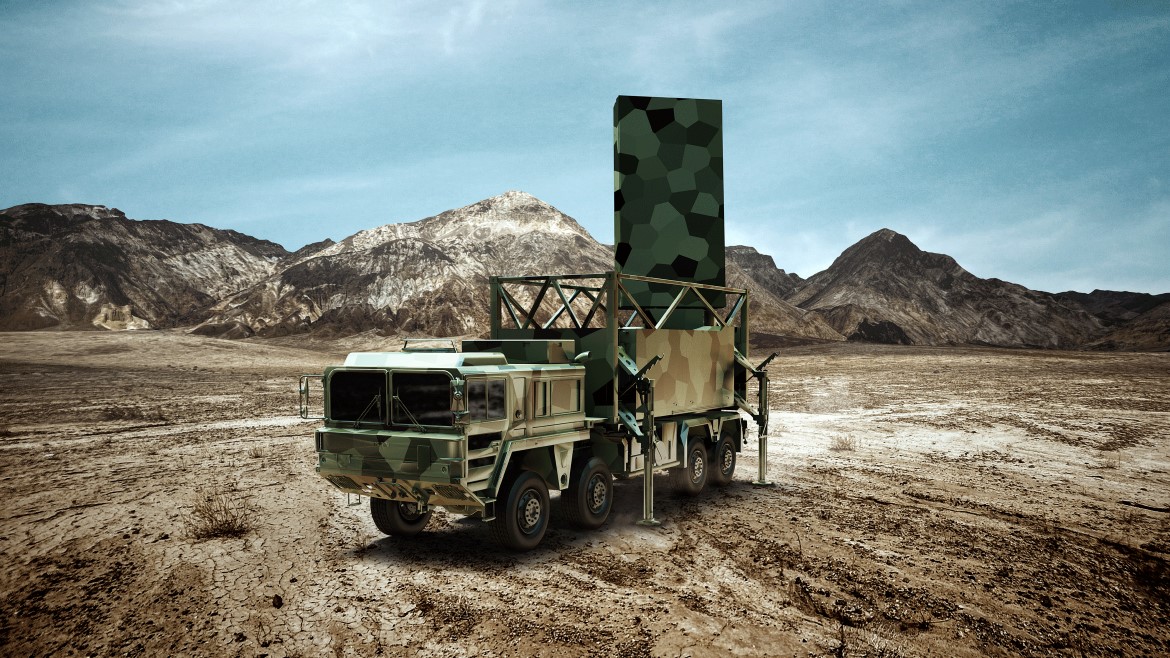
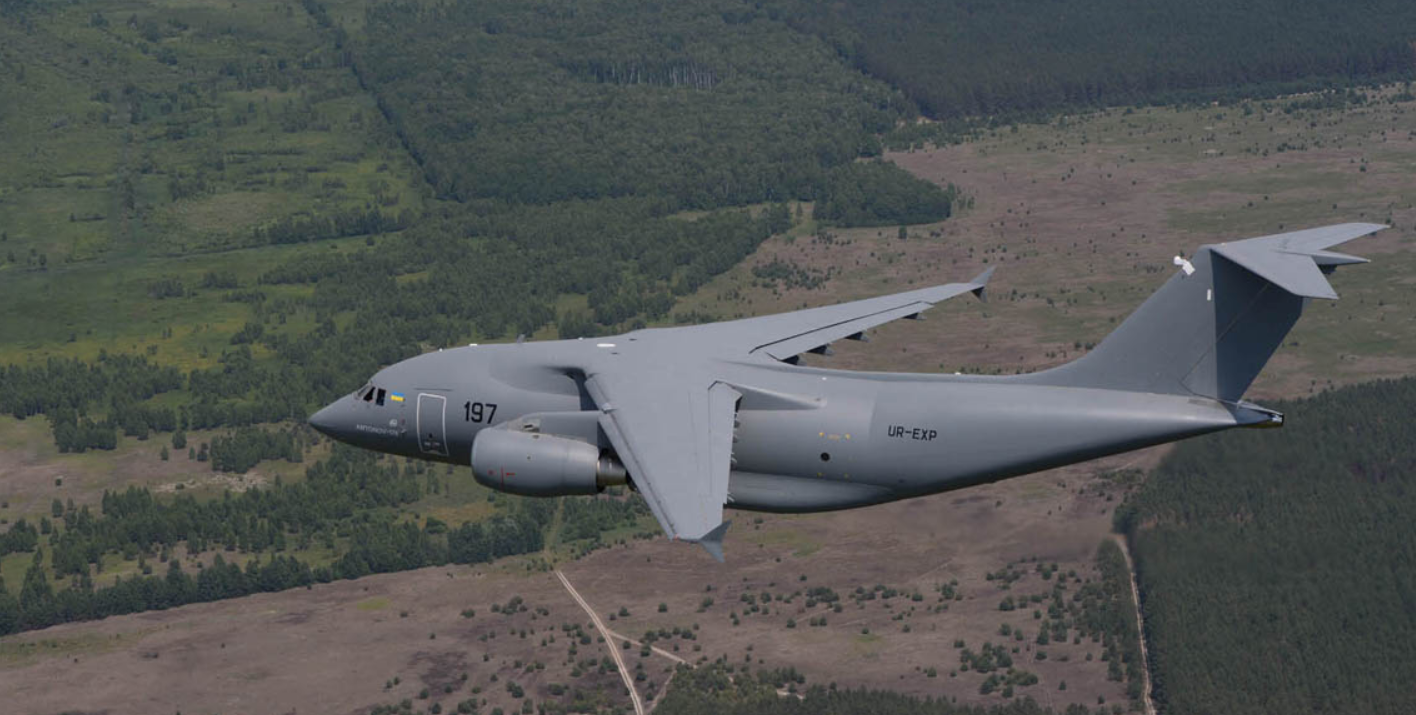
20 Comments
by Shakeel
The Umkhonto IR would be the best air defence solution for Pakistan. The co-operation agreement last year with South Africa, has not translated into anything concrete.
We have signed numerous LOU’S with different countries, but capitalized on none.
Good analysis Bilal.
by Waleed Ahmad Qureshi
Very good initiative
by Nadeem
I wonder how the Umkhonto as a SAM system compares in defensive capabilities to the Russian S-400 system?
by Bilal Khan
S-400 is a high altitude and long-range system.
Umkhonto is a short-range and lower altitude system.
If you had both, they’d work in concert: the S-400 capping long-range and high altitude threats, with the Umkhonto covering low level gaps, especially for aircraft/missiles that could threaten the S-400.
by Nadeem
Thanks Bilal for enlightening me with your informative comment!
by Irfan Ullah
Pakistan needs imence focus on few things i.e medium as well as long range Air defence systems ,AESA radar , 5th generation fighter and frigates or destroyers with VLS capabilities
We should capitalise such opertunaties with ToTs when ever possible
by Rehan
Pakistan is already using Giraffe radars is there any news for upgrade. On the other hand India is working on radars. Why there is not we can see such big effort from Pakistani site. This is quite serious.
by Bilal Khan
Pakistan has the older mechanically-scanned Giraffe radar. The Giraffe AMB is a PESA while the Giraffe 1X and 4A are AESA. T
by TZK
In any war if air parity is lost and ports blockaded it is curtains. If air superiority or parity cannot be achieved than SAM’s are essential. S300 and S400 is both a medium range and long range system which both India and China have, Pakistan should get it as well. A large Submarine fleet can give the best equipped navy in the world a serious headache.
by Matthys Jacobs
In my opinion, as a country that faces similar challenges as South Africa.
South Africa much like Pakistan should focus on its basic requirements.
It needs an effective Short to Medium Range Air Defence network for its land and sea based forces that’s mobile, cost effective and maintenance friendly.
Before it can focus on Long Range capabilities both nations need to ensure that is has current radar systems that are land based static, mobile, sea based and airbourne that are operated by well trained personnel.
Before countries like South Africa and Pakistan can move into 5th Generation Aircraft it should perhaps ensure it has a network centric capability between its forces.
Both countries should perhaps focus on getting their Navies to blue water status whereby they can ensure maritime safety within their maritime economic exclusive zone and have the capabilities to detect and patrol their respective maritime zones.
by Matthys Jacobs
The S-300 and S-400 would not be enough to stop a determined force.
During the border war, we (south Africa) quickly discovered having a multi layered air defence network with well trained military personnel to use it and to protect it offered far more defence than any technologically capable platform.
A case in point is the US’s attack against Syria with tomahawk cruise missiles, very few air defence systems could protect against a saturation attack and also if the system itself such as the S-400 focusses predominantly on terminal and high air threats, then another system needs to be on the lower tiers and so forth i.e. SHORAD, HIMAD, CRAM, CIWS etc.
Although a Submarine force would offer quite a challenge to capable Navies, it is an expensive tool to have. Currently the world’s stealthiest submarines are diesel AIP submarines however there are always counters to this.
Having an effective surface patrol and early warning systems would give a country such as Pakistan or South Africa the ability to be aware of any threats within their maritime area of concern. The ability to patrol allows a semblance of control.
by Matthys Jacobs
The Umkhonto focuses on SHORAD (Short Range Air Defence) which offers point wide area defence and aims to give medium area wide defence.
Essentially any defence force would ideally want a multi layered air defence network that has plug and fight capabilities where a force can add or remove a layer as the threat level increases or decreases.
Starting with a CRAM and CIWS perspective which essentially is collectively a VSHORAD solution which in turn allows for both static and mobile solutions.
Following this layer another tier would be a SHORAD then a HIMAD then a THAAD which is incredibly complicated and expensive to support.
It is not feasible to cover every single part of one’s country. What is possible is to heavily protect key points of interest such as important infrastructure, military bases, ports of entry (airports, seaports, border entries etc.) and civilian points of interest such as hospitals, telecommunications, electrical power stations, water infrastructure etc.
by Matthys Jacobs
This is what we (Denel – South Africa) envisioned with the SABLE concept. It envisioned a system including some other Denel products such as the 35mm Denel Dual Purpose cannon that was static and mobile on a Rooikat chassis coupled together with static and mobile VSHORAD missiles like the Star Streak offering air defence up to 7 km’s coupled then to a SHORAD system that was static and mobile based like the Umkhonto that offered defence up to a range of 40 km’s to 60 km’s.
What they wanted to do was allow for a plug and fight capability and much like the German systems now in use, it would have given a potent solution especially since the majority of the components used within the architecture were commercially off the shelf components.
Unfortunately after nearly a decade of no funding, the solution was unfortunately downscaled but could quite easily be reborn with a modern flair if Denel and South Africa found a funding partner or partners.
by Bilal Khan
Fiscal constraints have left Pakistan to make trade-offs in its naval development strategy. The Pak Navy would like to have a sizable surface fleet to guard its EEZ and SLOCs, but it opted for greatly expanding its sub-surface fleet (from 3 SSPs to 11 SSPs by 2028) as opposed to splitting efforts.
There’s certainly an opening to develop a truly affordable, but reliable, surface ship platform with decent and contemporary subsystems and weapons. It’d be ideal if an affordable end-to-end solution can be had … i.e. from modern hull, sensors, CMS and AShW/ASW/AAW munitions. Especially the sensors and munitions, they typically add the most to the cost of surface ships.
Unfortunately, when it comes to munitions, Pakistan has this approach of buying many different systems in small numbers. For example, with anti-ship missiles it has the Exocet, Harpoon, C-802 and possibly even another model (e.g. C-602). Cumulatively, these are a lot of missiles, but neither one was bought in enough numbers to justify local production. Thus, a lost opportunity.
by Bilal Khan
Would the Denel/RDM CRAM also double as a point defence missile system (PDMS) akin to the Rolling AIrframe Missile?
by Matthys Jacobs
Well the new Cheetah system is designed to counter rockets, artillery and mortars. I recall discussions on it being able to target UAV’s, low flying helicopters and manpad missiles such as the 9K32 Strela-2.
The rolling Airframe Missile is quite expensive and is aimed predominantly at point defence similar to the Umkhonto IR Mk1.
Remember that the Cheetah is based off Denel’s extensive experience of the Mongoose-3 which was not ideal since the blast ended up being so large that any surrounding infantry would have been injured.
Essentially what Denel envisioned was a multiple layer air defence network comprising:
a 35 mm anti-air guns both towed/static and mobile,
a CRAM system such as the Denel Cheetah,
a VSHORAD system such as the Thales Starstreak (Denel had wanted to work on the A-Darter SAM or MANPAD for this but funds dried up.
a SHORAD with multiple ranges such as the Umkhonto IR (20 km) and the EIR (35 km).
This would have been a static or mobile system which was easily deployable and able to be independent.
The above system was thought to be for both land and maritime forces.
by Matthys Jacobs
Unfortunately South Africa has had a low economic growth rate and slow economic expansion for the last decade. The pressures to provide basic services without the benefit of an increasing tax base has left little funds towards defence and research and development.
During the early 90’s, South Africa was faced with the same choices. The majority of experienced Naval officers suggested that South Africa required more surface based vessels in order to effectively patrol our area of responsibility as sub surface vessels are limited in effectively patrolling and offers little deterrent to threats such as smugglers, crime, terrorism and poachers which by far causes more damage to South Africa’s maritime zone than any foreign Navy at present.
I know that Denel first looked at the concept you mentioned in terms of a container based system i.e. being able to quickly configure a vessel based on needs and role. It was similar to the roll on and roll off system.
I keep saying that South Africa and Pakistan shares quite a bit of synergy and should capitalise on it by joining forces when it comes to development. South Africa has the technical base to develop the majority of its requirements and Pakistan has the operational requirements to make use of said equipment. It’s a pity that both nations have not sort to make use of this synergy however South Africa’s government has little interest in defence.
Denel for instance has something called the LRTM which is essentially the size of the Exocet however it is supersonic and its warhead was a game changer and would have caused major damage to even the latest generation NATO ships or Russian or Chinese vessels. It would have been ship launched, land launched and air launched.
Denel had thought that the Navy, Army and Airforce would have common munitions like a common tactical supersonic and a long range cruise missile, a common air defence missile for short and medium ranges.
It just lacks the requisite funding and the operational requirements.
South Africa developed the 35 EMAK which performed far better than the German 35.
by Bilal Khan
Unfortunately, Pakistan will need to move past either COIN or corrupt governance (ideally both, really ideally the corruption) to begin contemplating original programs. I am sure there are many in the military leadership who would love to emulate Turkey and collaborate with South Africa to get there, but sadly, the limits to funding and incessant corruption (that costs many billions each year in pilfering and waste) leave them to squeeze good funding years with realizable acquisitions instead of longer-term development programs.
by Medleyon R
Couldn’t agree more.
by Matthys Jacobs
Turkey is a difficult example to follow.
They have a huge benefit of being part of NATO which allows access to technology which would never be accessible to countries like South Africa nor Pakistan. They also received significant funding in the 60’s, 70’s, 80’s and early 90’s towards their defence industry which is far more than Pakistan received.
Corruption however is a major issue both countries face.